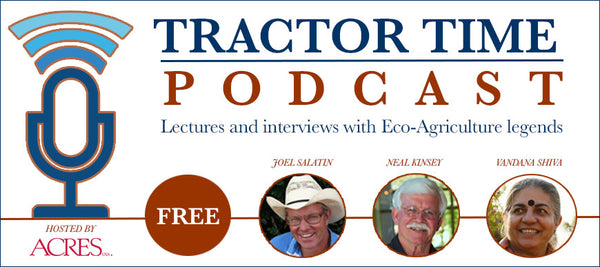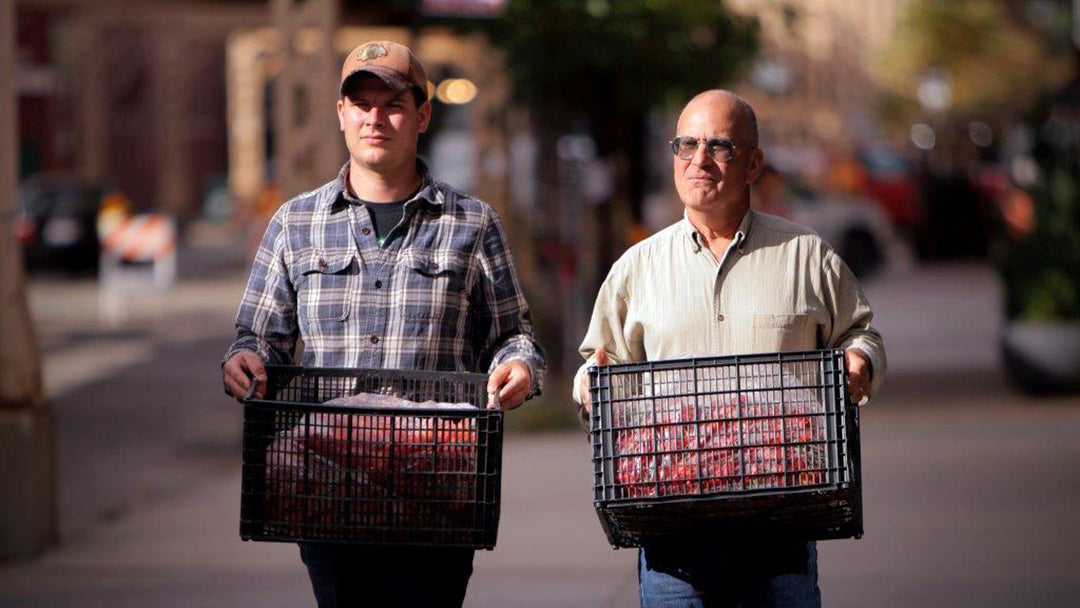
Ronnie Cummins, How Consumer Education and Marketplace Pressure Can Help Drive the Transition to Regenerative Food, Farming, and Land Use MP3
The major driving force of regenerative food, farming, and land use over the next decade will likely be consumer education and marketplace demand, with a special focus on how regenerative practices produce qualitatively safer and healthier food as well as create healthier and more productive soils, promote rural prosperity, and of course sequester excess atmospheric carbon and begin to reverse climate change. A critical mass of consumers are now willing to pay a premium price for 100% grass-fed meat and dairy products because they know that these products are healthy, climate-friendly or regenerative, and ethical. Currently the most fundamental obstacle to scaling up regenerative practices on a global scale is the fact that only a small percentage of concerned citizens, farmers, ranchers, land managers, consumers, and policy-makers have ever even heard the “good news” about regeneration, much less been educated so as to understand it thoroughly. Ronnie will explain how our initial task therefore as regenerators is basic public education, to spread the message of regeneration as widely as possible, and to organize and inspire core groups, coalitions, pilot projects, and policy reforms in every town, city, village, state, region, and nation in the world as quickly as possible.
(32.42 MB) (1 hour, 14 minutes, 42 seconds) Recorded at the 2017 Acres U.S.A. Conference, Columbus, Ohio, Thursday, December 7, 2017.
My Farmer, My Customer
New! Learn from Marty Travis's experiences converting the Spence Farm into one of the most successful farming co-ops in the United States today.

